SMBC Group Drives the Stablecoin Future with an All-Star Collaboration
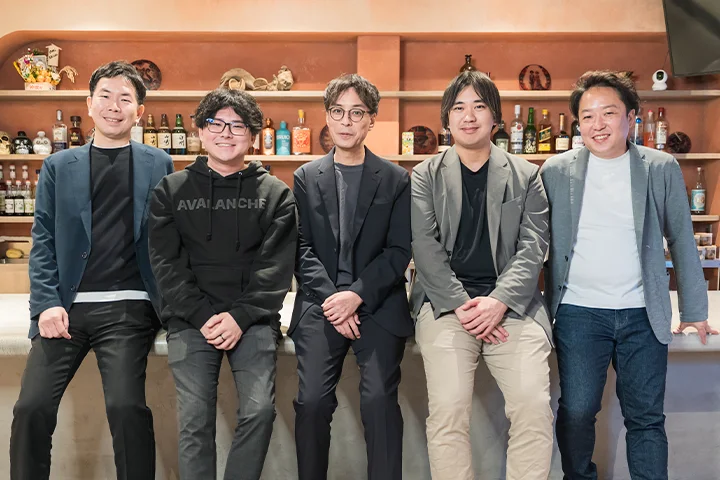
In April 2025, SMBC Group announced that it would launch joint discussions on stablecoins with Fireblocks, TIS, and Ava Labs. The news that a Japanese megabank was rolling up its sleeves to address stablecoin commercialization drew keen industry interest in Japan and beyond.
We chatted with project members for insights into the strategic aims behind a traditional financial institution like SMBC Group taking on the stablecoin market, as well as the background to, and prospects for, this exciting collaboration.
- Stablecoins as a new financial infrastructure
- Four-firm collaboration realizes a finance x Web3 all-star team
- Reliable design backed by advanced security and infrastructure
- Stablecoin implementation strategy exploiting Japan’s institutional advantage
- Stablecoins as the catalyst for Japan’s return to growth
Stablecoins as a new financial infrastructure
The news of your joint discussions on stablecoin commercialization attracted huge attention in and beyond the world of finance. Could you start by explaining what stablecoins are?
Stablecoins are a type of crypto asset, but unlike most crypto assets, they’re designed to maintain a stable value. Because they use distributed ledger technology, they offer a much cheaper and faster means of money transfer than traditional methods, and it’s envisioned that they’ll be used for international transfers, B2B payments, and as collateral assets in decentralized finance (DeFi).*1 Japan’s amended Payment Services Act (PSA) took effect in June 2023, opening the way for stablecoin use here in Japan.
*1 A blockchain-based mechanism that provides financial services without relying on central administrators such as banks.
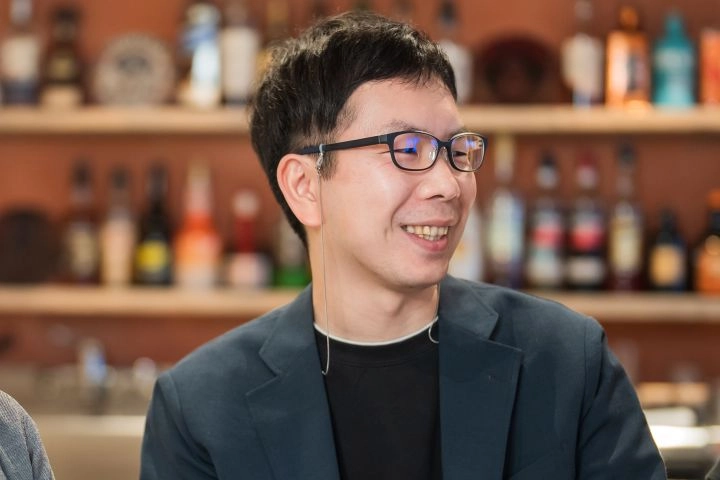
Vice President, Digital Strategy Department, Sumitomo Mitsui Banking Corporation
Vice President, Digital Strategy Department, Sumitomo Mitsui Financial Group
When legal tender is transferred cross-border, it passes along a virtual “bucket brigade” of participants that really blows out both time and cost. Using stablecoins slashes both the amount of data sent and received and the number of payment tasks, enabling faster, cheaper transfers. The high level of transaction transparency and the ability to check the status of the transaction in real-time are also major advantages.
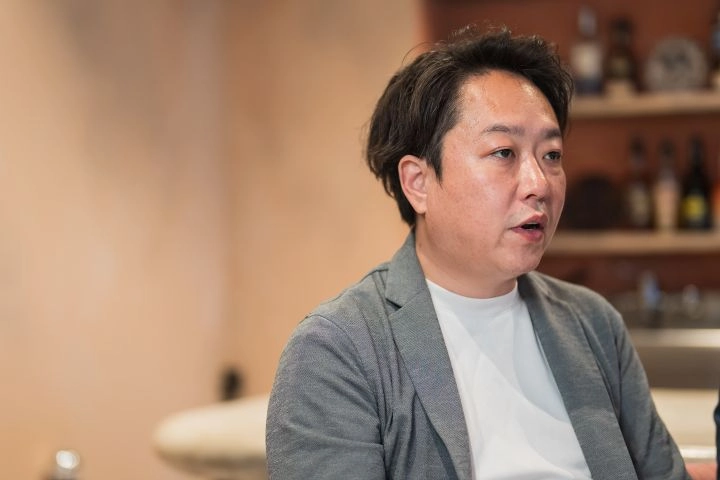
Vice President, Digital Strategy Department, Sumitomo Mitsui Banking Corporation
Vice President, Digital Strategy Department, Sumitomo Mitsui Financial Group and Digital Business Expert
Four-firm collaboration realizes a finance x Web3 all-star team
How did the four-firm collaboration come about?
Ava Labs is a blockchain platform provider that delivers stable chains for high-speed, low-cost transactions, and it has worked extensively with offshore financial institutions. Fireblocks is an enterprise platform providing digital asset infrastructure solutions to businesses building on blockchain, and it too has already built up a strong track record with many global financial institutions, earning a strong reputation within the industry for its robust security technology. We reached out to these two firms based on their extensive experience and rock-solid reliability. Then we approached TIS to act as the overall coordinator. TIS has an impressive depth of knowledge in the blockchain and finance space, and we’ve regularly engaged in discussions with them on the use of security tokens,*2 which are digital representations of ownership or rights to an asset stored on a blockchain, as well as interacting with them at the Bank of Japan’s CBDC Forum.
*2 Security tokens utilize blockchain technology to digitize the rights represented on securities such as stocks and corporate bonds.
Ava Labs provides blockchain-based Web3 solutions, with our blockchain platform Avalanche winning worldwide support. Until now, crypto has been primarily viewed as a money game for investors, and it’s been hard to move toward wider social deployment. Our aim is to overcome that obstacle and build a new financial and currency system without losing connectivity with the existing financial system.
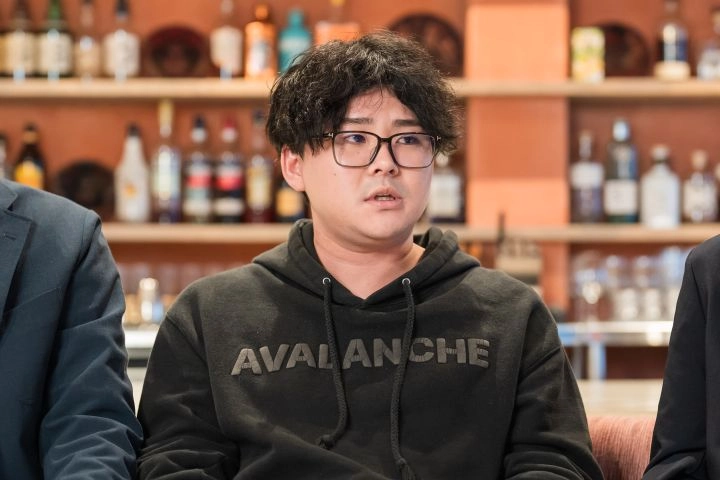
Business Development Solutions Architect, Ava Labs
TIS spotted the possibilities for blockchain as a next-generation payment platform back in 2016 and launched R&D immediately. Until recently, the public blockchain platforms used for crypto and the enterprise blockchain products that interest financial institutions and companies were treated as different spaces: one belonging to the crypto world, and the other to the business world. This is because public blockchains are open environments with no administrator that anyone can access, whereas enterprise blockchains needed to deliver reliability, security, performance, and restricted access. The emergence of Avalanche for enterprise-grade applications opened the way for financial institutions and businesses to make full use of a public blockchain platform, signaling a major step toward social deployment.
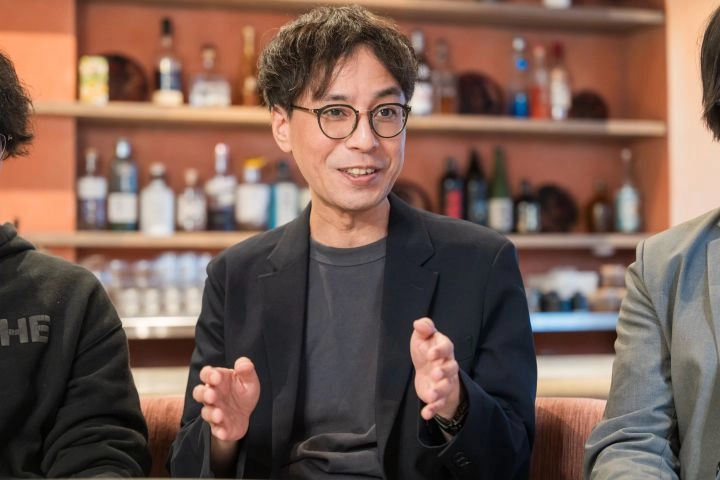
Fellow, Web3 Business Planning Department, Social Innovation Division
Fellow, Credit Card Services Division 3 and Fellow, Digital Innovation Division, Digital Innovation Business SBU
TIS Inc.
Fireblocks provides secure digital asset custody solutions, with the company already establishing a strong track record among leading financial institutions. We also established a local team in Japan at the end of last year and are advancing preparations for launching use cases which are compliant with domestic laws and regulations.
This collaboration brings together a truly ideal lineup: Ava Labs and Fireblocks as technology frontrunners, TIS as Japan’s leading financial systems integrator, and SMBC Group as a traditional financial institution with strong government relationships and substantial underlying asset holdings.
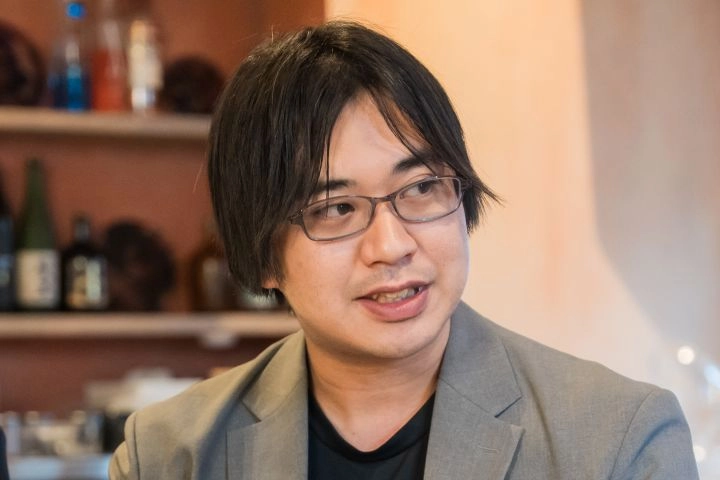
Sales Engineer, Fireblocks
Reliable design backed by advanced security and infrastructure
Some consumers might be a bit concerned about stablecoin security.
Stablecoin is defined as an electronic payment instrument under the PSA, but we need a mechanism that ensures that the underlying assets customers entrust to us are fully protected. We’re absolutely committed to safe asset management based on strict rules. Fully protecting the assets entrusted to us is a bank’s basic responsibility, and that holds true whether we’re talking about deposits or stablecoins.
Financial institutions maintain security through rigorous external auditing frameworks such as the Service Organization Control 2 (SOC 2) standard—which evaluates an organization’s security and privacy controls against strict third-party criteria—and testing under the Sarbanes-Oxley Act (SOX), which ensures the effectiveness and integrity of accounting and internal control systems. In addition to adhering to these frameworks, Fireblocks reinforces security assurance through independent external audits and manual verification processes.
Security at the blockchain level is also essential. Avalanche is a flexible platform that facilitates blockchain creation and connection, and one of its strengths is allowing developers to create application-specific, regulation-compliant blockchains that are unique. Taking the current project as an example, granular permission settings for chain-level user address management and who may initiate deployments will be essential for effective anti-money laundering (AML) and counter-terrorist financing (CFT). It will also be important to provide financial institution-standard infrastructure, including physical issues such as safe locations for multiple servers.
Smart contracts are essential in issuing and distributing stablecoins, and TIS can provide these and other services. At TIS, blockchains are handled by our Web3 Business Planning Department, which not only offers smart contract security audit services but also conducts the audits itself. Another TIS strength is our ability to provide the full spectrum of infrastructure services, including many years of experience in security audits through the development and operation of credit card and cashless payments.
Both Ava Labs and Fireblocks operate on the Web3 front lines, but because our main users will be more familiar with Web2,*3 TIS will have an extremely important role to play in the ultimate integration that links these two worlds. This collaboration between SMBC Group and its three collaborators finally sets in place the foundations for full proof-of-concept (POC) testing.
*3 The current internet mainstream—a centralized internet using services provided by companies.
Stablecoin implementation strategy exploiting Japan’s institutional advantage
Where does Japan stand on crypto compared to the rest of the world?
Few countries have established regulatory frameworks that allow banks to issue stablecoins, and in that regard, Japan is at the forefront. In fact, the United States is now following Japan’s lead—its four major banks only announced plans to form a joint venture for a similar initiative after we unveiled our project. Japan also benefits from a proactive policy environment, where politicians and regulators recognized the risks of inaction and moved quickly to amend the PSA and related legislation. However, being ahead of the curve carries the risk of Japan’s legal framework diverging from global standards, so careful adjustments will be needed to stay aligned with international developments.
Because the cross-border payments market involves legal tender, moves by megabanks are extremely important. If there are signs of improvement in capital efficiency and cross-border commissions, more stablecoins will be issued, and other companies too will follow suit, and use cases will start to stack up.
Next up will be choosing POC use cases and moving forward to actual deployment. We will need to discuss and evaluate potential use cases with businesses, but the plan is to find use cases that aren’t just for POC purposes but rather become a first step toward use cases that will gain traction in the real world in future.
What’s the biggest barrier to implementation?
When a mechanism changes, there is always a moment when both the present system and the new system coexist, and the cost and operational burdens imposed in that moment are a major obstacle.
Our goal isn’t for Web3 to replace existing financial markets, but to coexist alongside them. The vision is one of integration—embedding automated know-your-customer (KYC) and know-your-transaction (KYT) screening while leveraging the efficiencies and transparency that digitalization can offer.
Japan is leading the world in both technological advancement and regulatory innovation. Engaging closely with government authorities to ensure that compliance frameworks remain consistent and alignment with other jurisdictions will be key to realizing this vision—and in that regard, SMBC Group’s strong government relationships will be an invaluable asset.
Stablecoins as the catalyst for Japan’s return to growth
What’s your vision for the future of stablecoin commercialization?
There’s a long way to go before money is fully digitized. Because even cashless settlements actually incur transfer costs, friction is created every time money is moved. It’s such a shame to see money drain away just in the transfer of value. Stablecoins will eliminate that cost, opening the way for more diversity and freedom in both holding money and changing the form it takes.
I believe that we have a truly pioneering idea, and we also have all the players in place to press forward with the POC. My company is US-based, and I have to admit that I’m driven by a strong resolve not to lose to the “home” country.
Blockchain has become a large-scale asset investment market with the potential to create new financial markets. At the same time, assets mean nothing without the stability required for interconnectedness.
TIS operates a security token platform that tokenizes real estate, securities, corporate bonds, and other assets. Seamless distribution of the assets tokenized on that platform via blockchains opens the way for delivery versus payment (DVP; a payment method whereby the delivery of and payment for financial assets occurs simultaneously). Through DVP, we aim to create a world where all assets can be tokenized, then distributed and managed seamlessly.
Combining stablecoins with digital assets is an effective means of widening the scope of cash management efficiency improvements. Stablecoins will need to be teamed with tokenized digital assets. If we can get as far as enabling optimal portfolios to be completed and built on-chain—for example, where, together with the flow of real world assets (assets with economic value in the real world that have been digitized and tokenized in blockchains), money is borrowed using tokenized financial instruments and economic value as collateral, and AI is used to hold those assets or restructure invested assets in real time—more possibilities will open up.
We will push ahead with real-world implementation so as to boost convenience and enable users to reap the benefits without even being conscious of doing so.
If we can tokenize assets that would traditionally have sat idle in portfolios and make them more liquid, capital will become much more efficient. Japan has mountains of intangible assets—intellectual property, for example—and we believe that by giving liquidity to these assets, we can open the way for their use in fund procurement and the creation of new monetization points, which could well return Japan to a growth trajectory.
My job lets me meet with various financial institutions, and in the end it all comes down to people. Different people produce different results even when they do the same thing, and in this case, we’ve got a very constructive team engaging proactively with a specific challenge. I want to do my part to move things forward.
Looking ahead, it will be impossible for one bank alone to provide all of the new payment infrastructure, so we want to partner with other financial institutions as well through consortia and other formats to shape the future of finance.
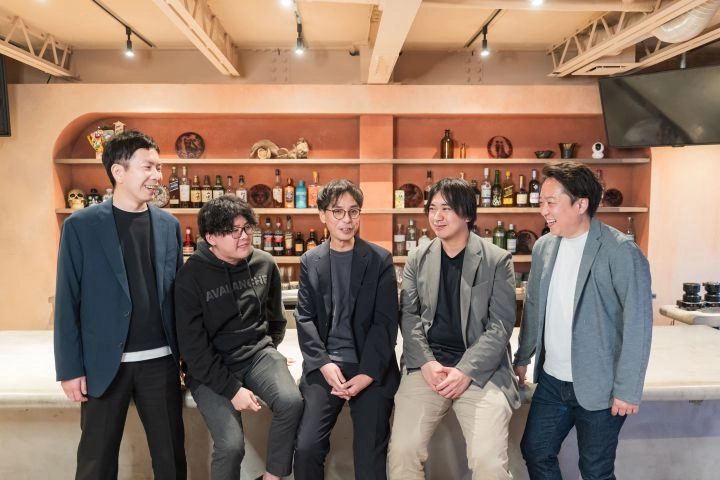
-

Fellow, Web3 Business Planning Department, Social Innovation Division
Fellow, Credit Card Services Division 3 and Fellow, Digital Innovation Division, Digital Innovation Business SBU
TIS Inc.Go Nakagawa
Involved for many years in credit card system development projects, most recently as project lead for a mega project entailing tens of thousands of person-months. He has participated in an internal working group on next-generation payment since 2023 and also works on the creation of new payment services using blockchains and on central bank digital currency (CBDC)-related initiatives. He promotes the evolution of payment platforms and the cocreation of future payment infrastructure.
-

Business Development Solutions Architect, Ava Labs
Haruchika Inoue
Using his computer security background, Inoue has worked on support for the rollout of overseas e-sports games in Japan and in a marketplace with the world’s top sales on a public chain. At Ava Labs, he handles business development and solutions architecture, using blockchains to solve issues facing financial institutions. He provides support from business plan creation through to service rollout.
-

Sales Engineer, Fireblocks
Gaiki Sasaki
During his time at SBI Group, Sasaki worked on the development of an exchange-integrated SBI Web3 Wallet at SBI VC Trade, as well as the development of a crypto staking system. Upon completing a stint providing system security advice on a project for the blockchain subsidiary of a major corporation, he joined Fireblocks as a Sales Engineer in 2024, where he develops digital asset security solutions for clients from an architectural standpoint.
-
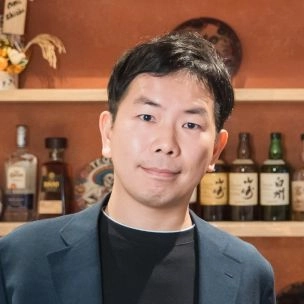
Vice President, Digital Strategy Department, Sumitomo Mitsui Banking Corporation
Vice President, Digital Strategy Department, Sumitomo Mitsui Financial GroupYoshiaki Kiura
Kiura joined SMBC Group in 2024 after working on new business development using the latest digital technologies at a general electronics manufacturer and a non-traditional bank. He has addressed new business development in the Web3 and blockchain space since 2019, including stablecoin and security token commercialization and verifiable credentials at financial institutions. Since joining SMBC, he has handled digital currency-related projects including CBDC, tokenized deposits, and stablecoins.
-

Vice President, Digital Strategy Department, Sumitomo Mitsui Banking Corporation
Vice President, Digital Strategy Department, Sumitomo Mitsui Financial Group and Digital Business ExpertTomoya Kuga
Kuga was engaged in cross-industry collaborative business creation at a general electronics manufacturer before joining SMBC Group in 2023. He has worked on new business development in the Web3 and blockchain space since 2018, pursuing commercialization initiatives including verifiable credentials, security tokens, and real-world asset (RWA) tokenization. Most recently, his focus has been on business development toward stablecoin distribution through alliances with corporate majors and other external companies.
